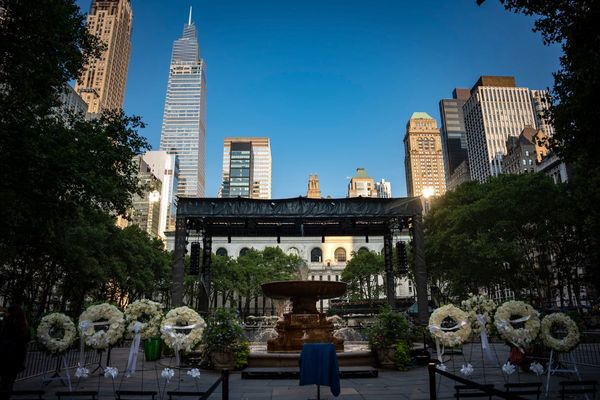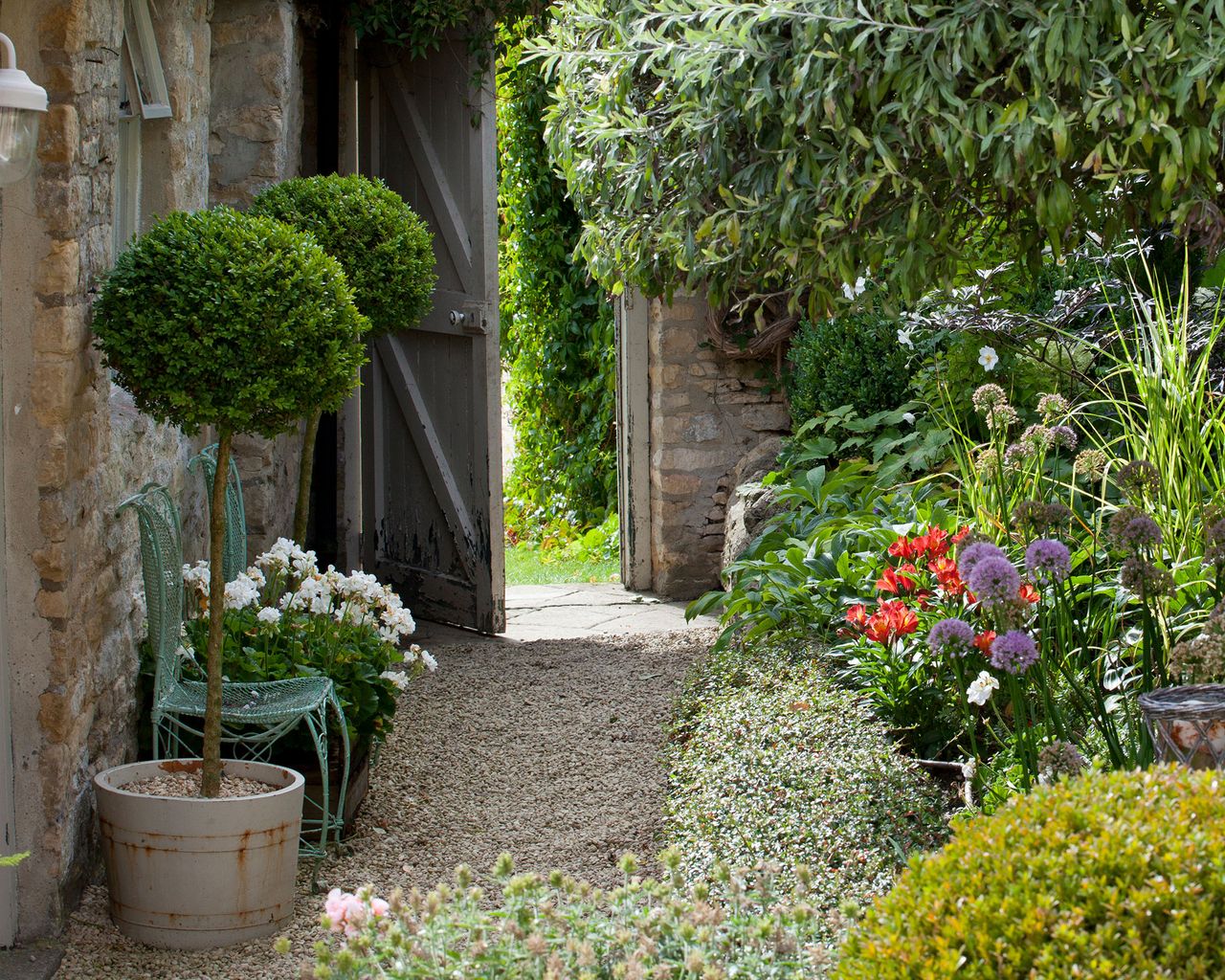
As any garden designer worth their salt knows, designing a garden is an art form, and as such, no garden design choice is ever 'bad' and no garden design choice is ever 'good'. Crucially, gardens must stay beyond the whims of fashion. Domestic landscape design is about taking risks, sometimes taking the path less trodden, and being brave with design choices.
Although that said, there are a few garden ideas that always strike me as more of a mishap than a masterpiece. It sets my teeth on edge when I see the wrong stone used in the wrong place, a huge palette of materials unsympathetically combined, and especially my public enemy number one - astroturf. But there are other design ideas that at best, can make a garden look visually indistinct, and at worst, can ruin the whole scheme.
Here, I shine a light on five garden design icks that I think are worth leaving in the garden design history books for good.
1. Not planning the on-foot journey around the garden
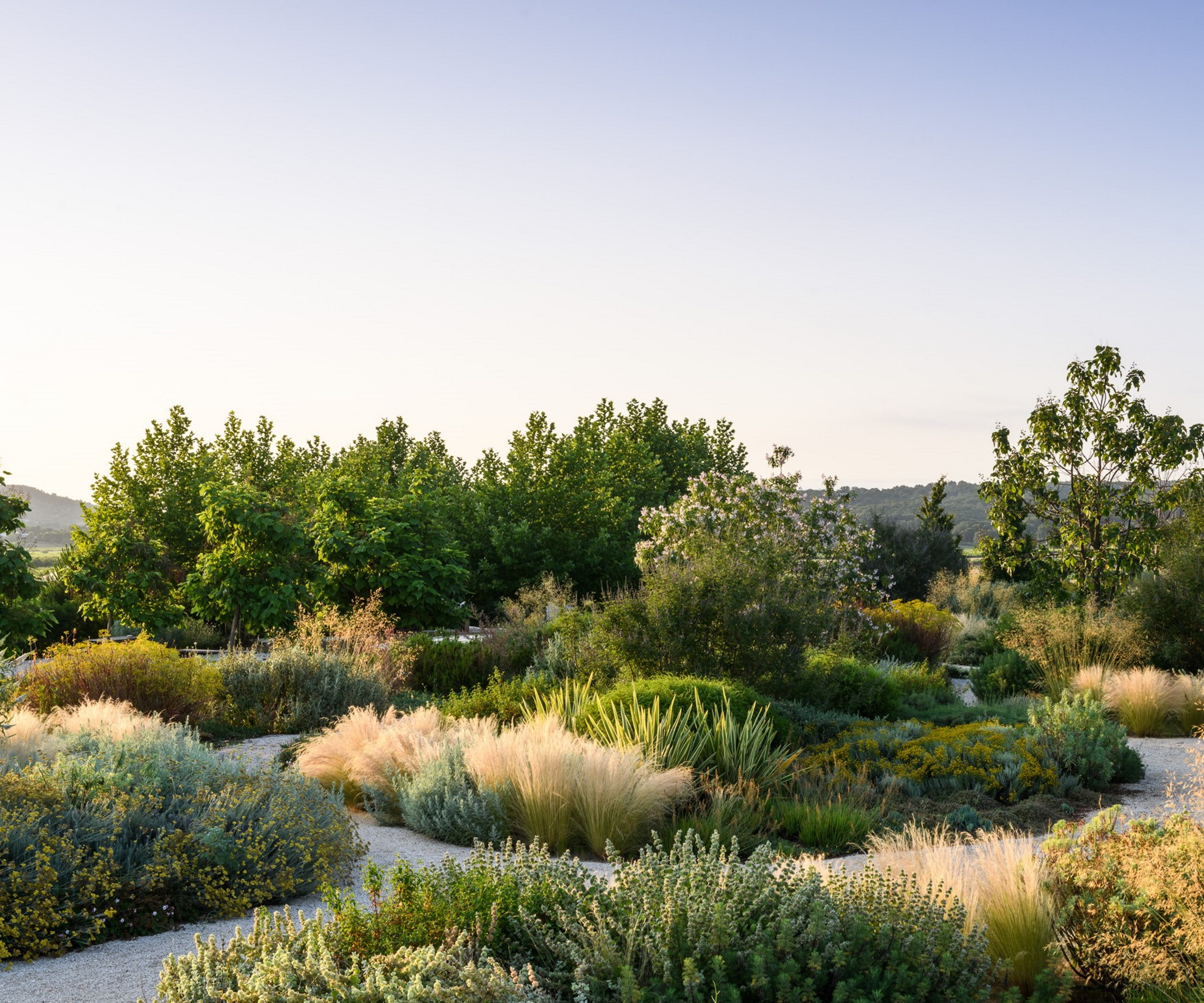
Understanding the journey around a garden is an essential preparatory point to a comfortable design. All too often, I visit gardens where this fundamental part of the design process has been forgotten or overlooked.
I always say that an eloquent garden design shouldn't make a garden feel like you are gazing at a beautiful painting, but should feel like you have stepped into a beautiful painting. It is paramount to bear in mind that gardens are to be used and explored and should have a visceral impact on all our senses. This can only be achieved when you can walk around it, study and inspect it, and physically be around the plants.
You should always establish routes through the garden when approaching a new design. These routes must guide you and visitors through the great moments of the garden, so they can see them up close, in the flesh, rather than from afar. You should also consider routes necessary for gardening tasks to be carried out.
You can use several different garden path ideas to dictate the tempo of the movement throughout the garden. You can mow paths and patterns through grass, inviting people to walk through rather than around, and implement routes through shrubberies or herbaceous planting, as well as formal routes laid out by a clear path.
2. Using a limited palette doesn't necessarily make it chic
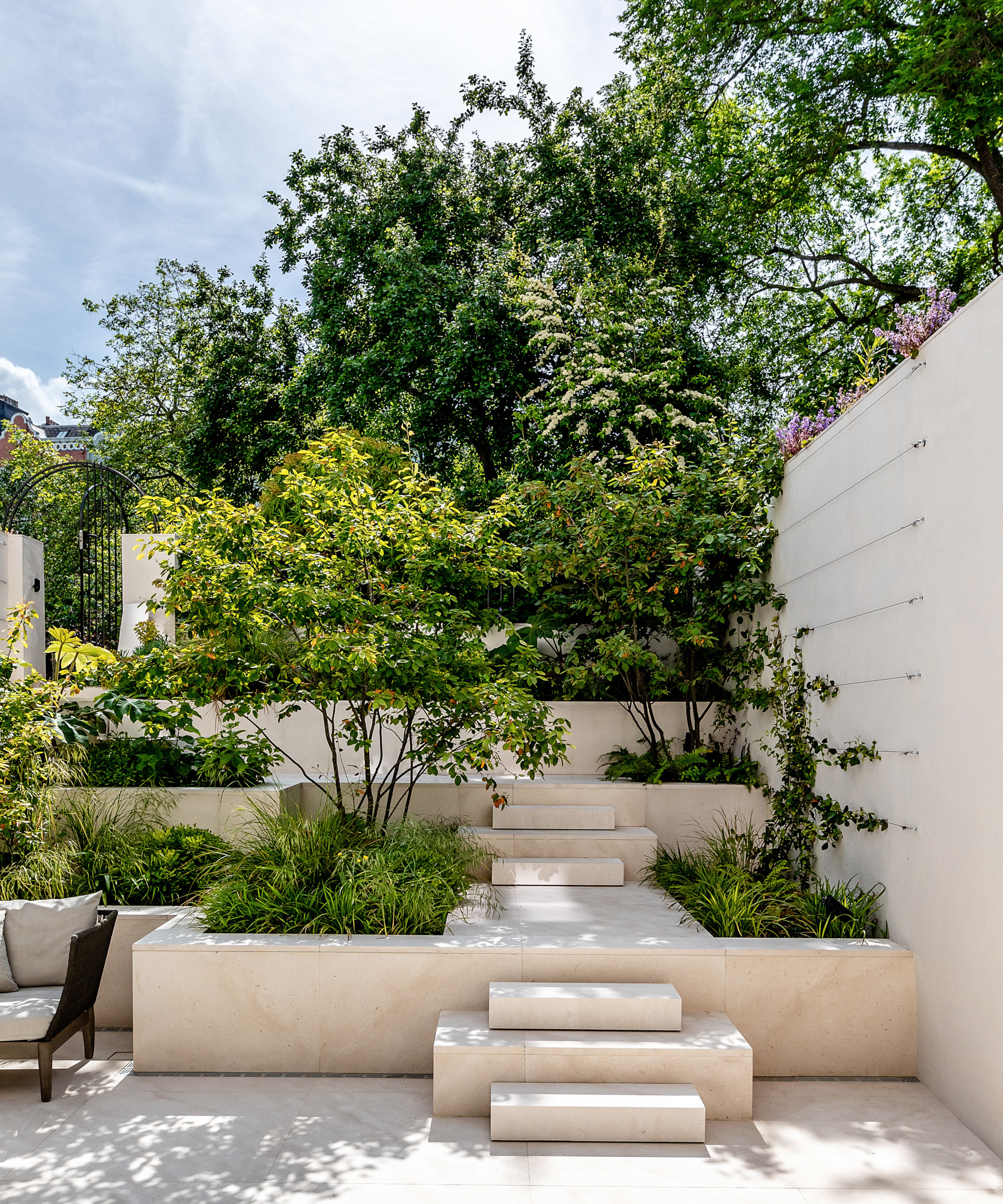
Getting a good grasp of your garden color schemes is crucial for the aesthetic success of a garden. Picking a color scheme for each section of your garden, or if it's a smaller space, then the entirety of your garden, is an entirely necessary corset.
It will prevent clashing color palettes, jarring and incompatible companion planting, and on the whole, if planned well, will stop visual pandemonium from breaking out.
That said, whilst I am in favor of hushed color palettes on the whole, and I'm always especially keen to conjure up new white garden ideas - in my opinion, a well-balanced white garden is always supremely tasteful - I see so many people pick the same plants in the same color, only for their garden to feel thoroughly unimaginative.
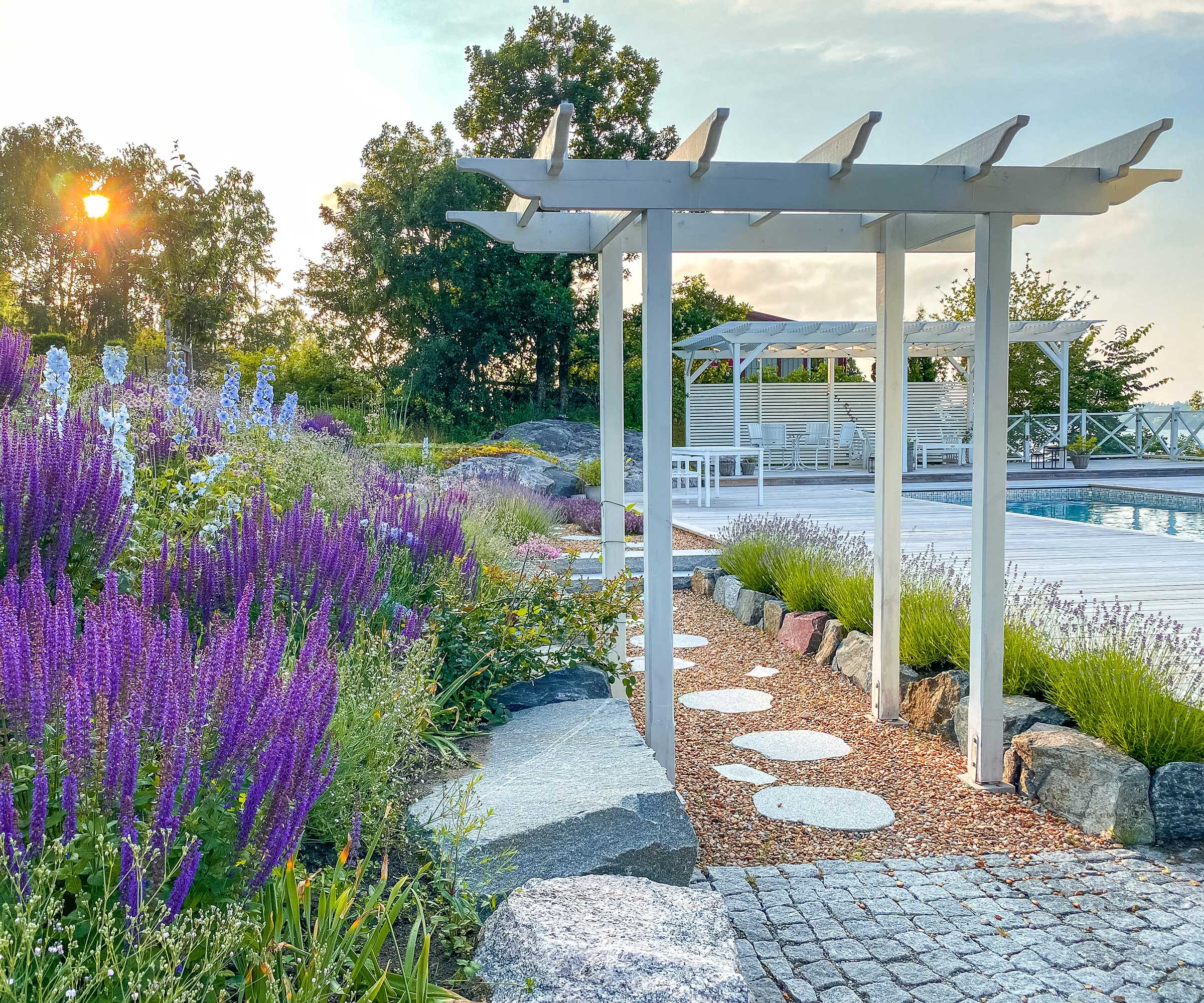
All too often, I see gardens with the same plants recurring time after time. The idea, it would seem, is that because certain plants are understated, they are automatically chic.
This is the result of a movement away from juvenescence and jollity in garden design and a shift toward something they consider far more grown-up and pared back.
Limiting your entire garden to a color palette of just one or two hues, however beautifully designed and harmonized, can run the danger of being visually indistinct, unstimulating, and, frankly, can feel very sterile. Precisely not what a garden should make you feel.
In my opinion, over-manicured borders and restrained colors in a garden make a garden appear self-conscious, overly refined, and, as a result, decidedly untasteful.
Furthermore, a wishy washy color palette is an exultation of inexperience. If you want to capture the ineffable essence of a truly magical garden, a skilful approach to embracing colour in all its splendour will achieve the desired effect. And yes, for those color-phobes, that means embracing orange and yellow, I'm afraid.
3. Themed gazebos
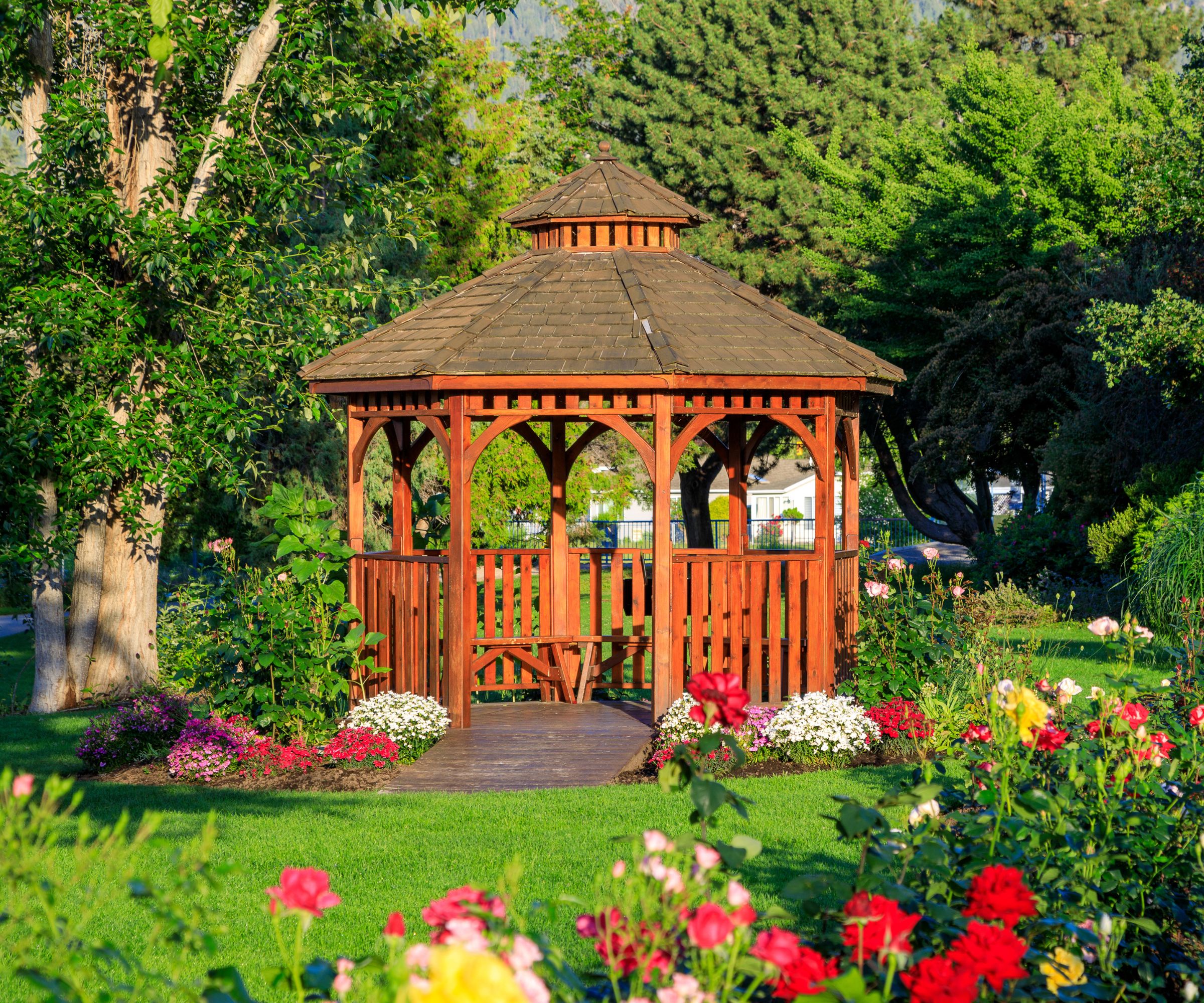
There is nothing I love more in a large garden than a beautiful gazebo. But all too often I see the most hideous iterations.
The clincher is when they are themed or overly garish. Price-wise, some of the most attractive gazebos I have seen have been more modestly priced, and some of the most vulgar have eye-wateringly high prices. It isn't a case of how much you spend.
When I see themed gazebos, it makes me wince. Because gazebos take up so much room in a garden, you can't help but have your eye drawn to it. It is much better to ignore ephemeral trends and fleeting fashions and pick a style that will remain timeless. So, no more Tiki Huts, please!
Better yet, growing one of the best climbing plants for shade, like a grapevine or a beautifully fragrant jasmine, over a pergola makes for a much prettier al fresco dining spot than an enclosed gazebo.
Imagining different pergola ideas is much more fun too. I suggest investing in a frame built expressly for climbers. Eating under a contorting wisteria always feels wildly romantic.
4. Leaving too much space to lawn
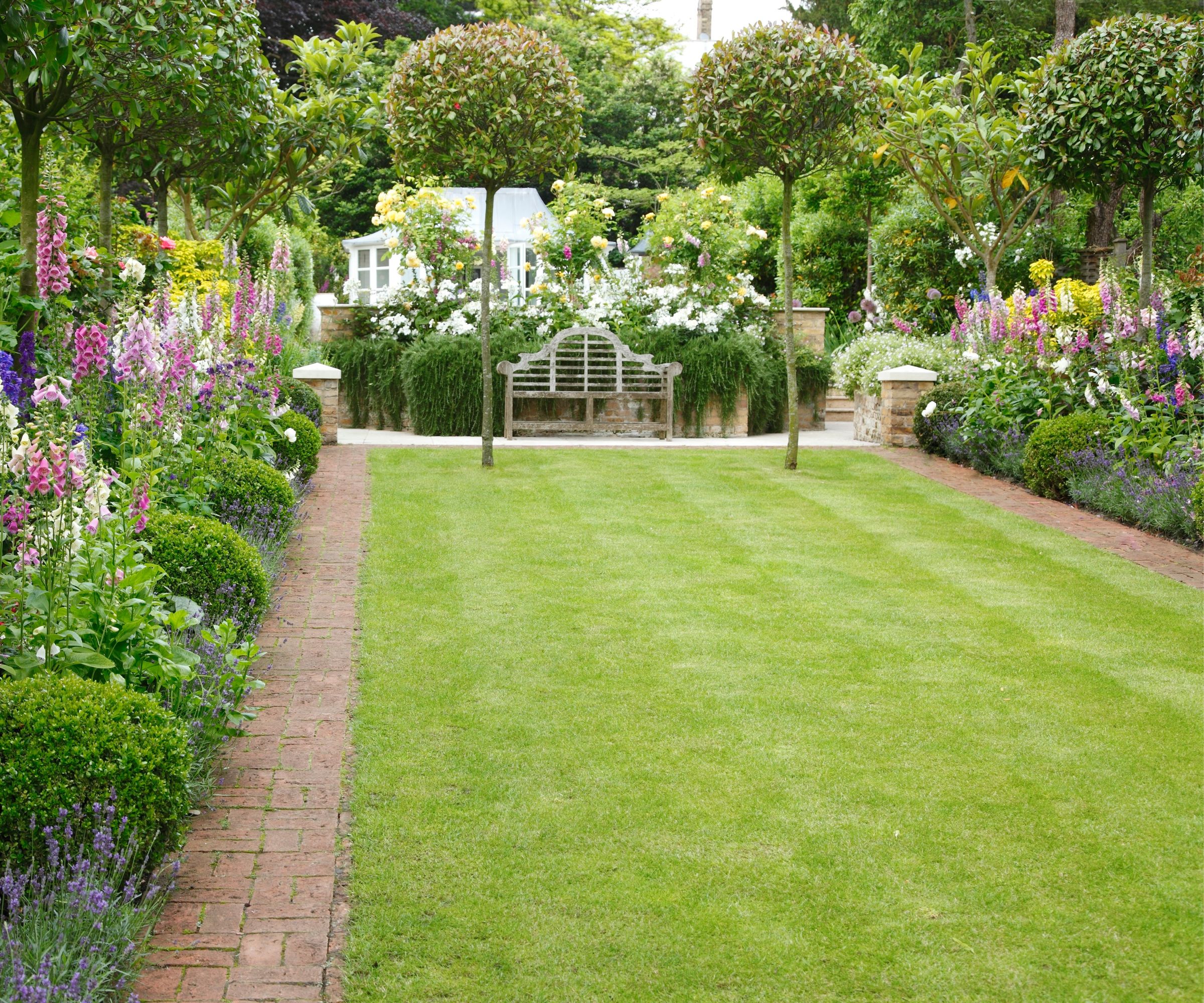
Maximising the potential of your plot relies on expert garden zoning. This is something of a science, and it is well worth studying your space for a good amount of time before even thinking about touching the soil, so you can be sure to get the most out of the space available to you.
All too often, I see large expanses of garden left to lawn. This is a bugbear of mine. I love a lawn. But dedicating most of your garden to lawn? What a waste. It's superfluous and unproductive. It's taking a space filled with potential and asking it to do its bare minimum.
That's not to say I think instead, it should be filled with hardcore romantic herbaceousness (although, that is more my style), but the space could be far better optimised for planting, ponds, seating, water features, raised beds, meandering pathways, trees, wildflower meadows, the list goes on.
5. Composite decking
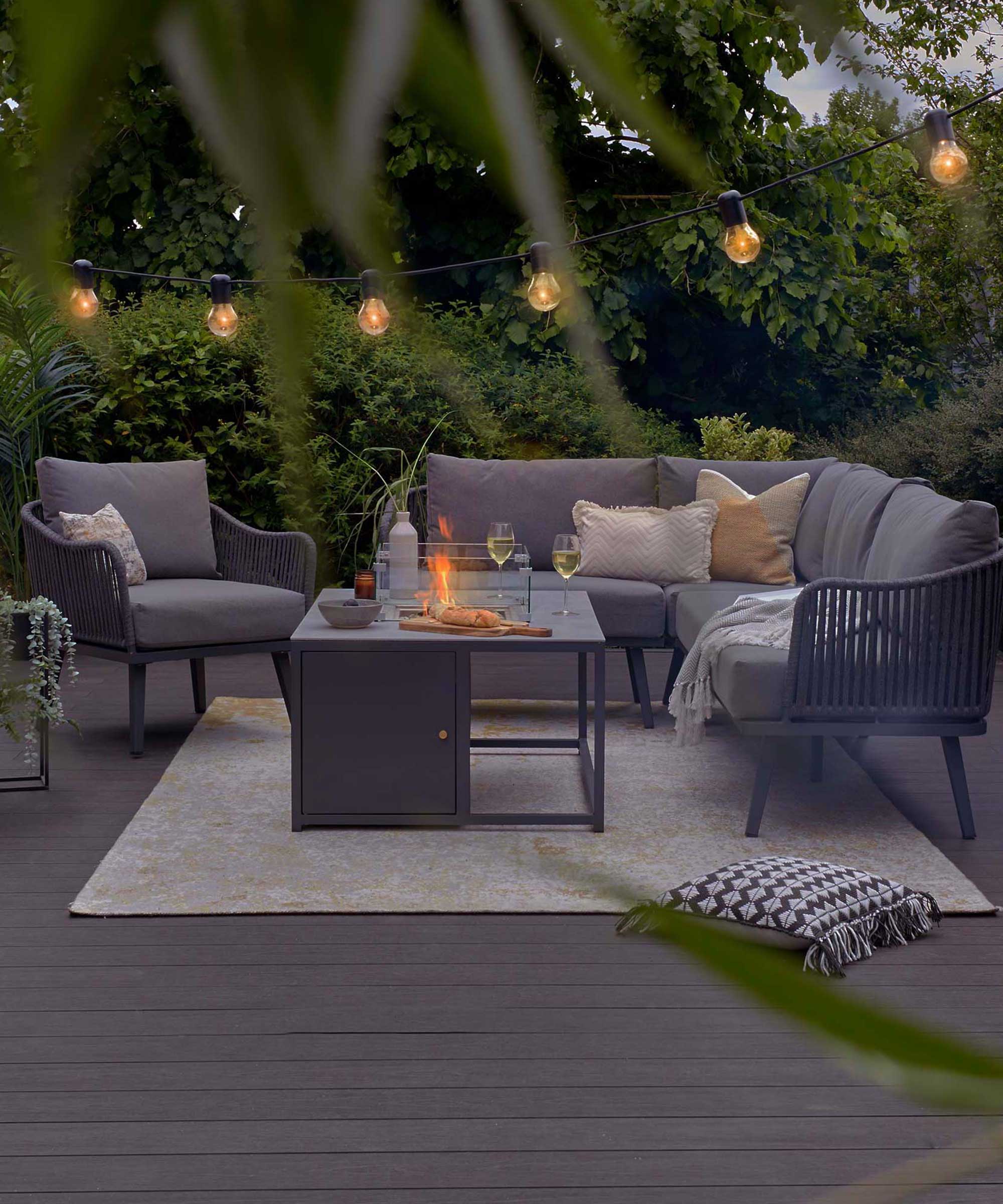
When I am rooting around for deck ideas, I always steer well clear of synthetic decking.
I accept wholeheartedly that decking has its uses in some gardens, and it's undeniable that composite decking is a supremely practical material for an outdoor space. But to me it is clear that the disadvantages far outweigh the advantages.
Because composites have plastic fibres, they can get very hot, very quickly. They scratch easily, get dangerously slippery in the rain or snow, are extremely expensive, and, here's the dealbreaker for me, don't look a bit like the real thing.
For warmth and natural appeal, nothing compares with real wood as a decking material. Unlike synthetic decking materials, genuine wood decking ages gracefully over time, achieving a really beautiful grey patina. For me, the choice is an easy one.
Chic garden must haves for this summer
A beautiful outdoor rug that's soft enough to bring indoors come winter, but hardwearing enough to keep in the garden all summer long.
A wonderfully chic garden pot with antique red cement finish. A whole host of these around an al fresco dining area filled with aromatic herbs would be simply divine!
In my opinion, a classic, unadorned white parasol is crucial for a beautiful outdoor dining area. These modern iterations with tassels and beading aren't going to weather well - I prefer something like this beautiful, timeless, always chic.
Of course, these are just my thoughts on some garden design dos and don'ts. In reality, though, gardening is all about serendipitous accidents, so there's no point being too uptight about mistakes. Out of all the landscaping mistakes I have mentioned, really the only thing you can do wrong is to do nothing at all, so get stuck in and above all - enjoy!
